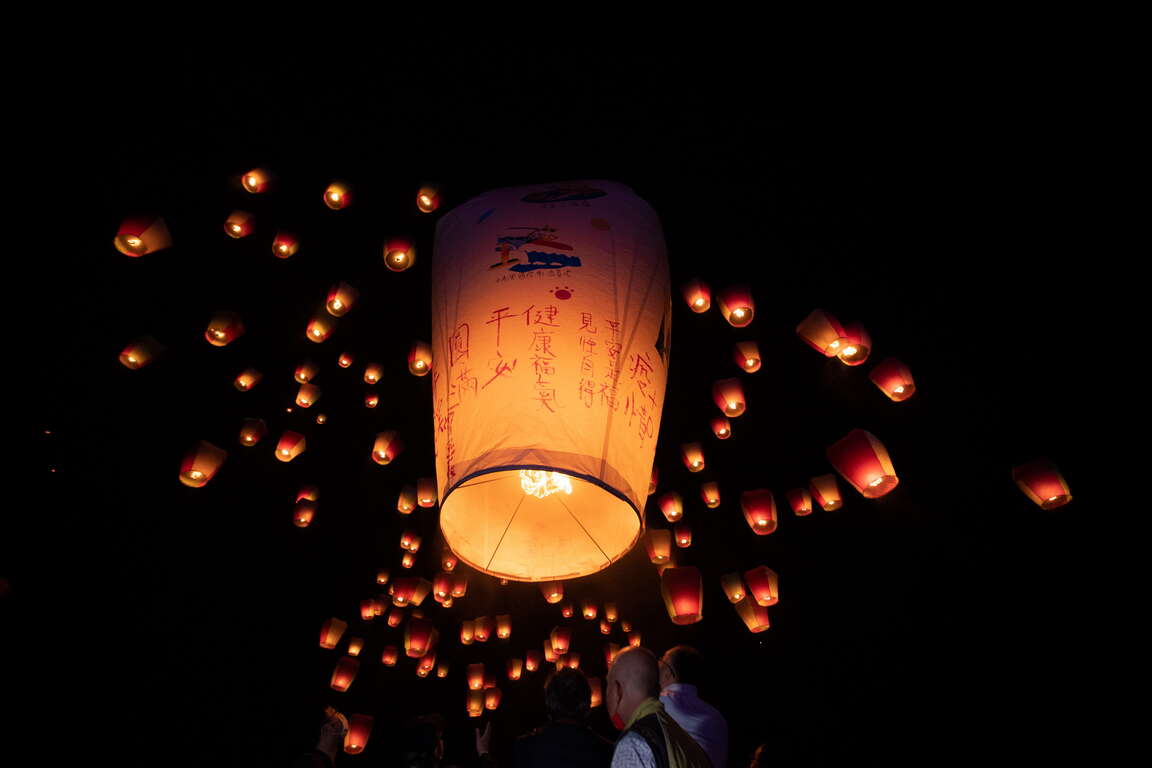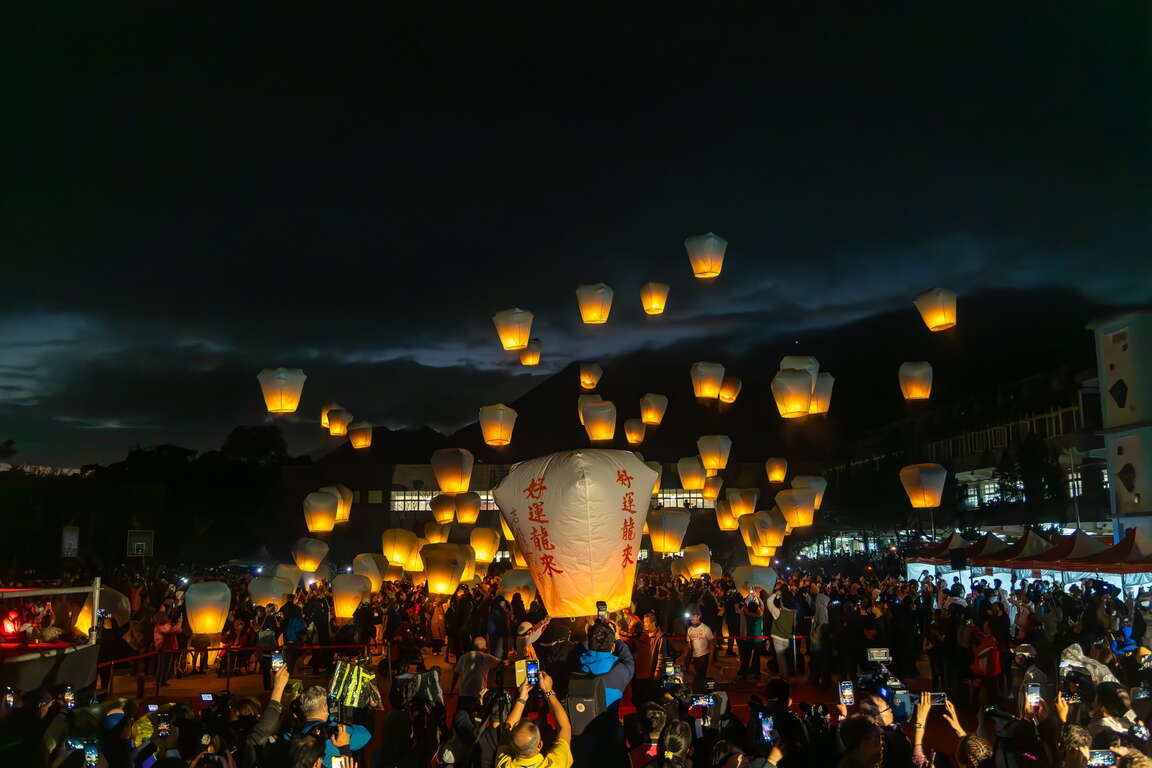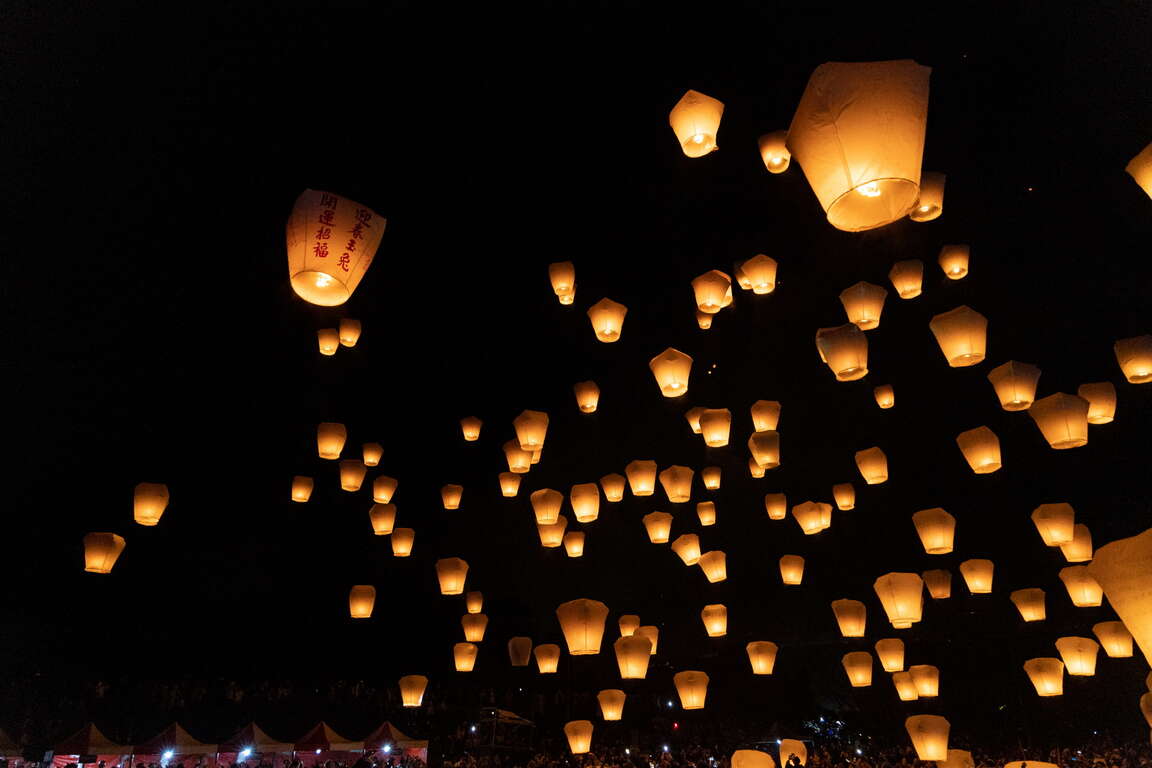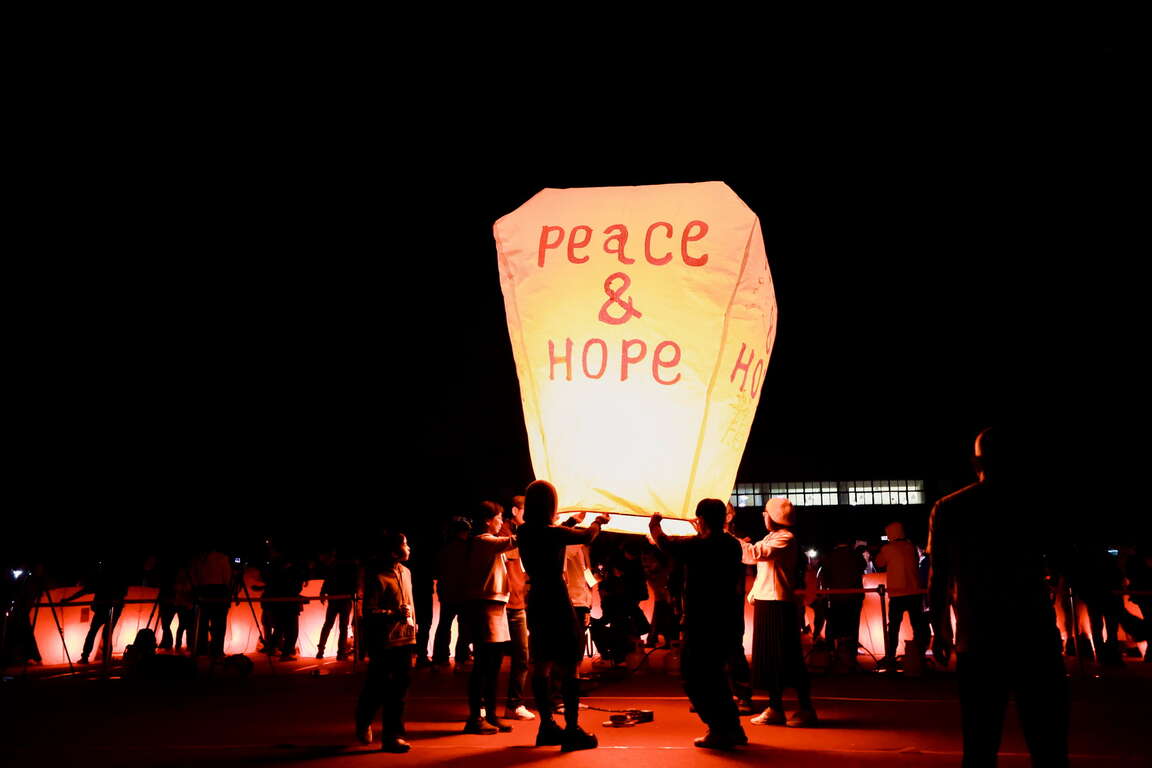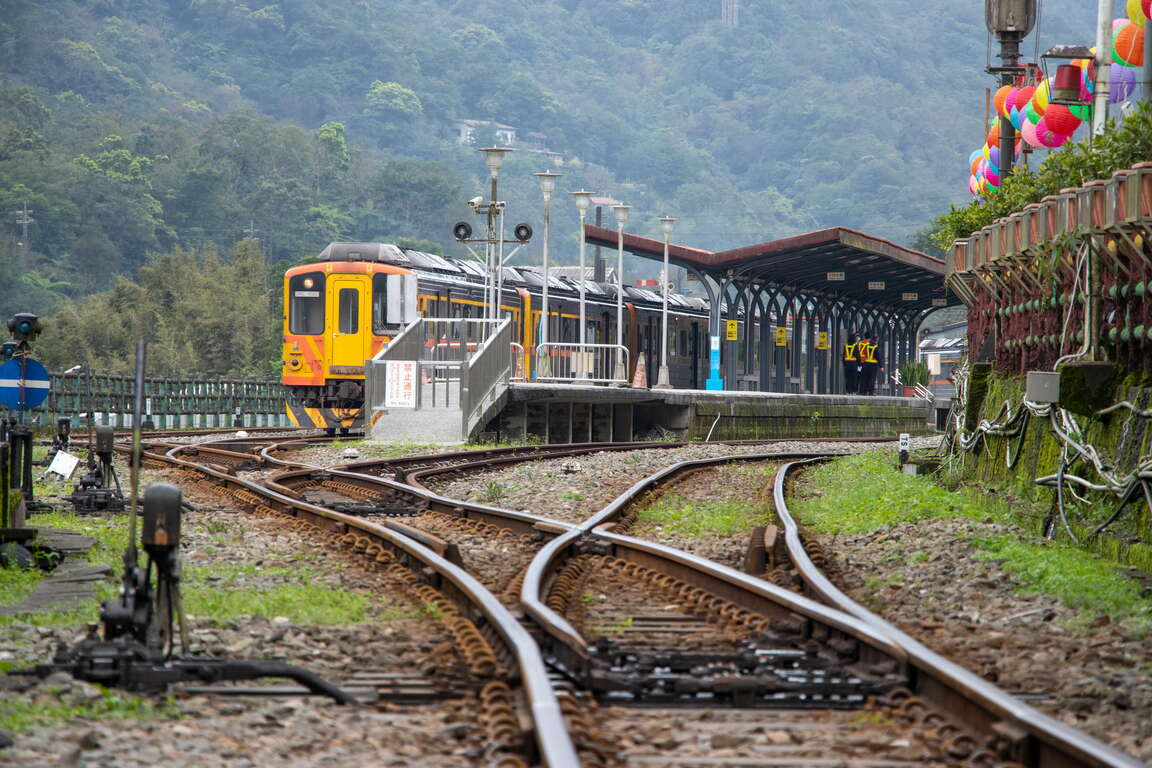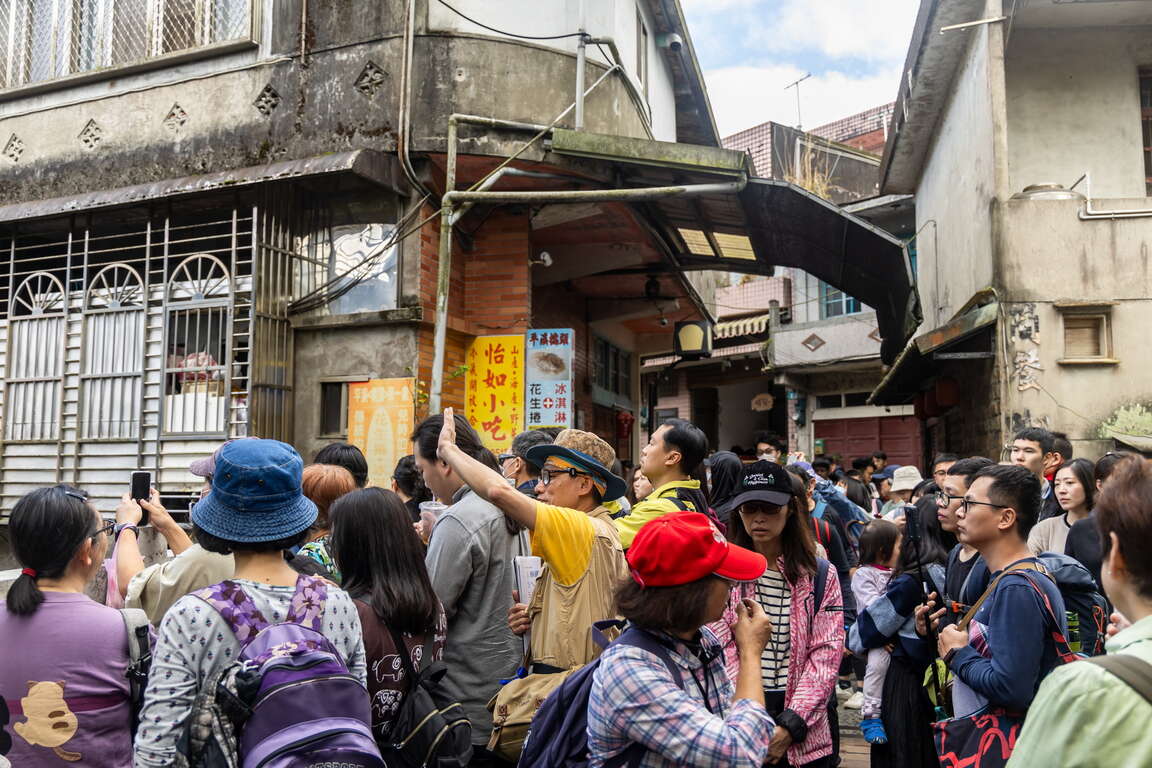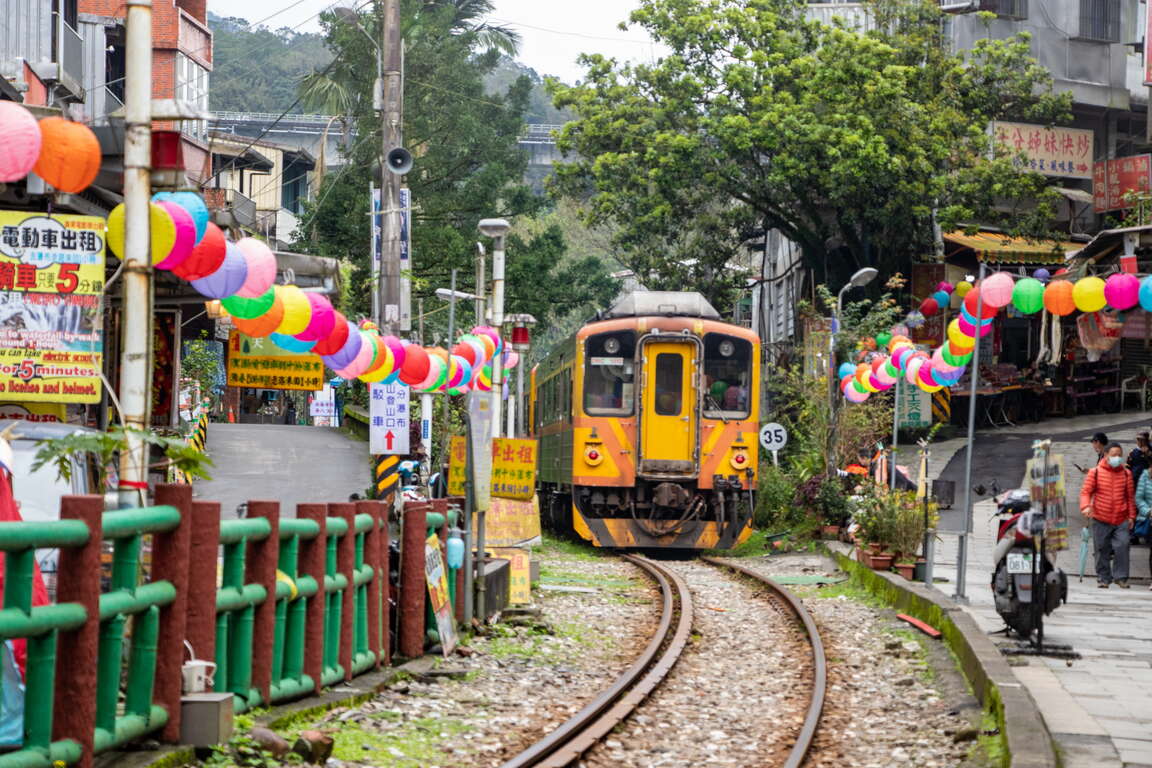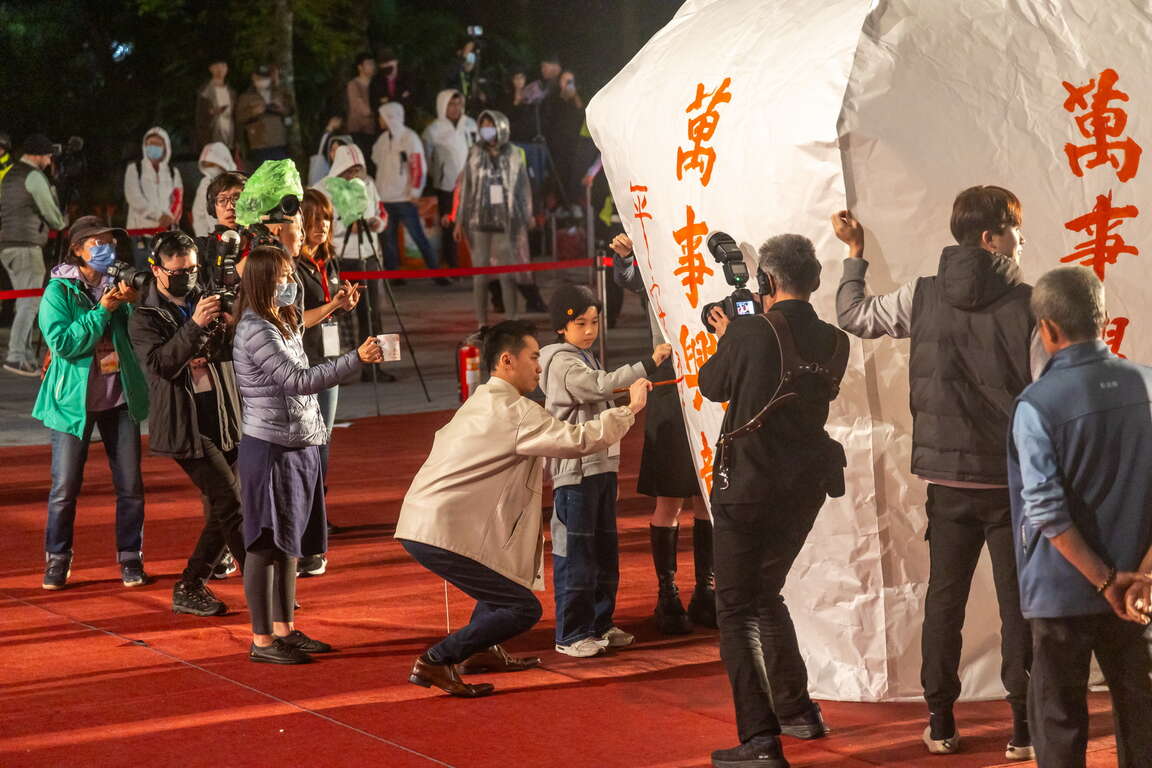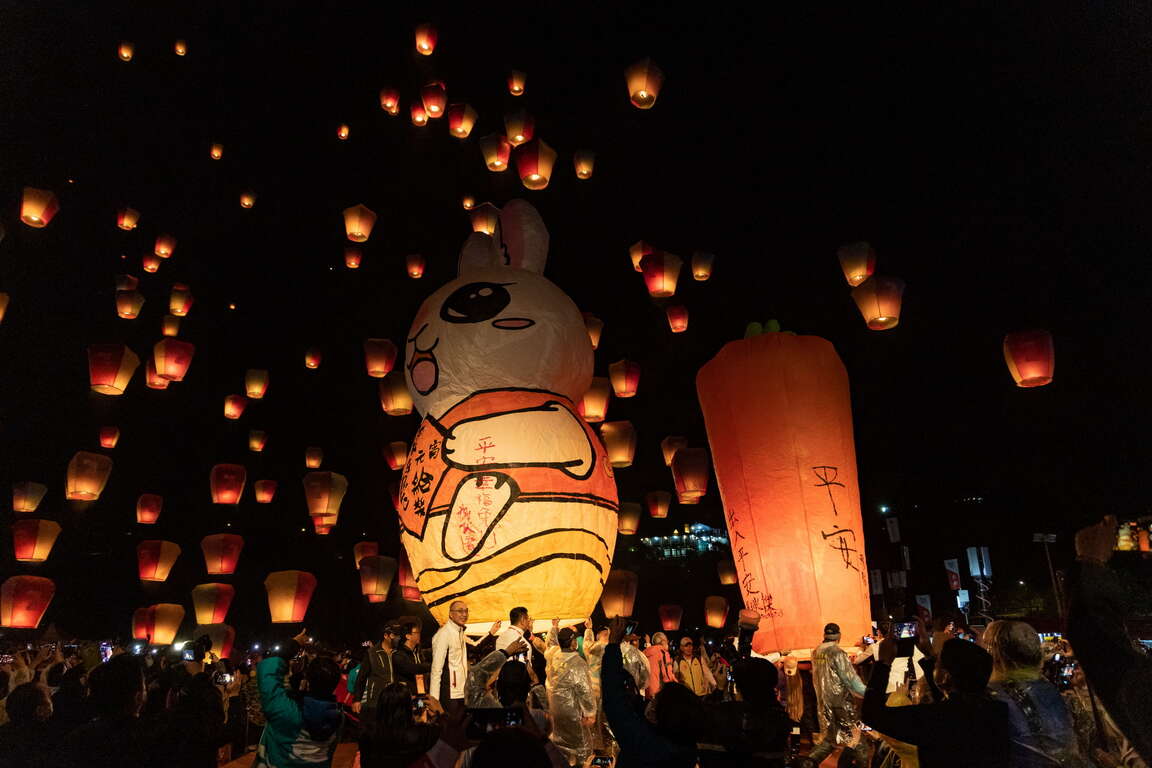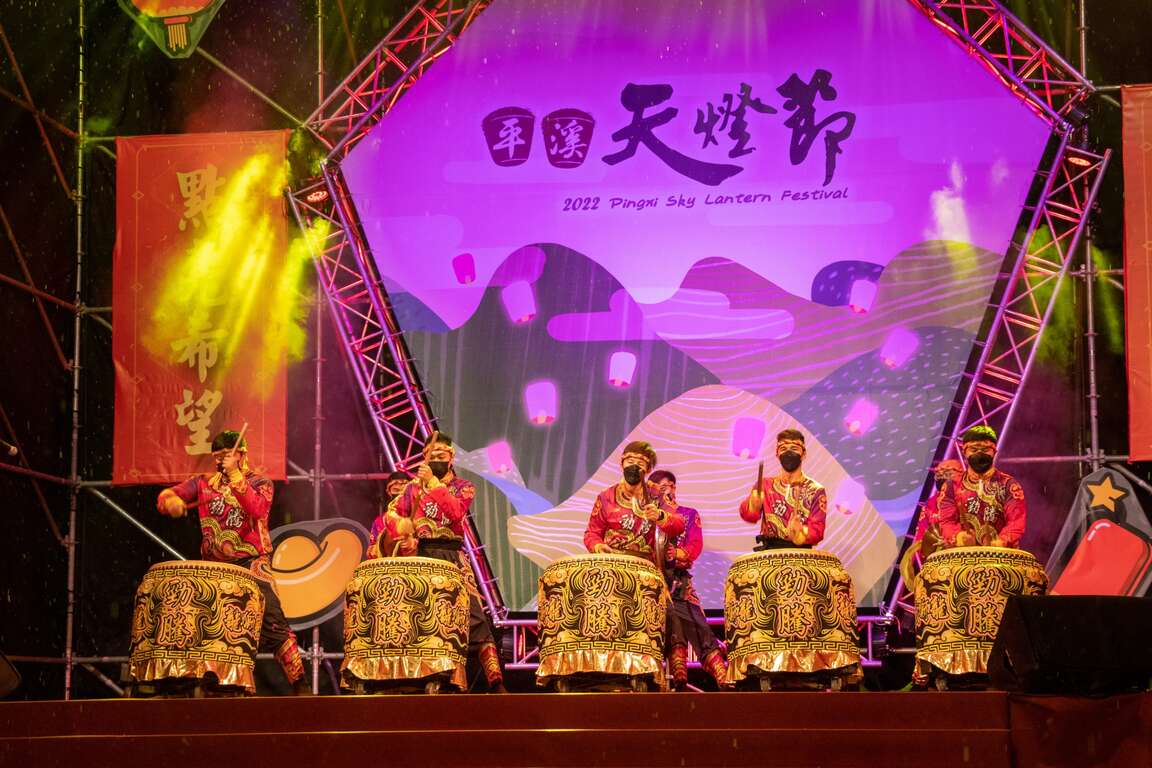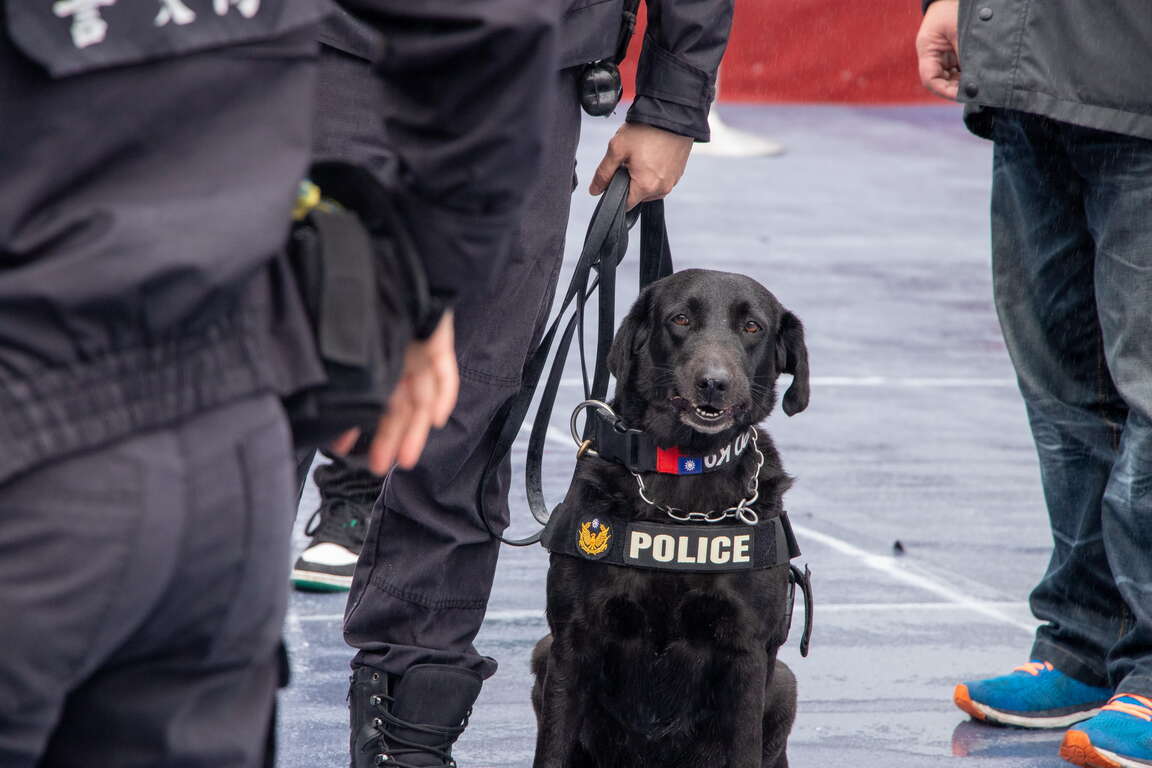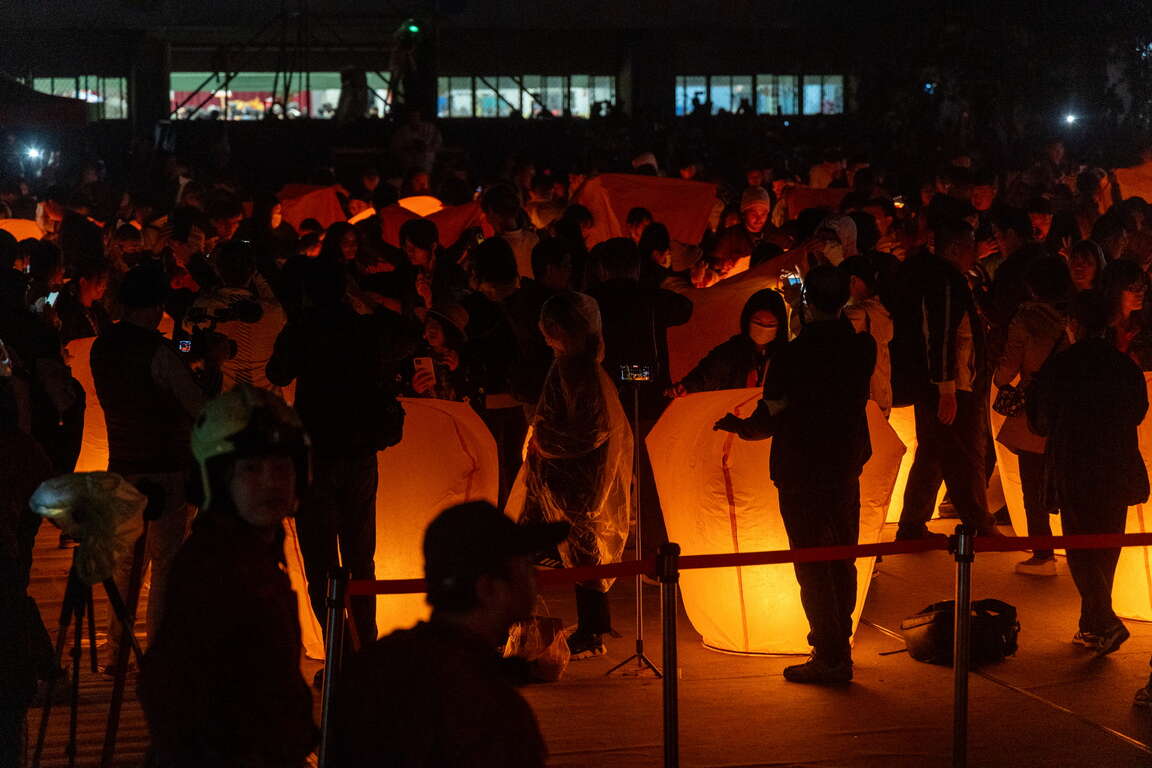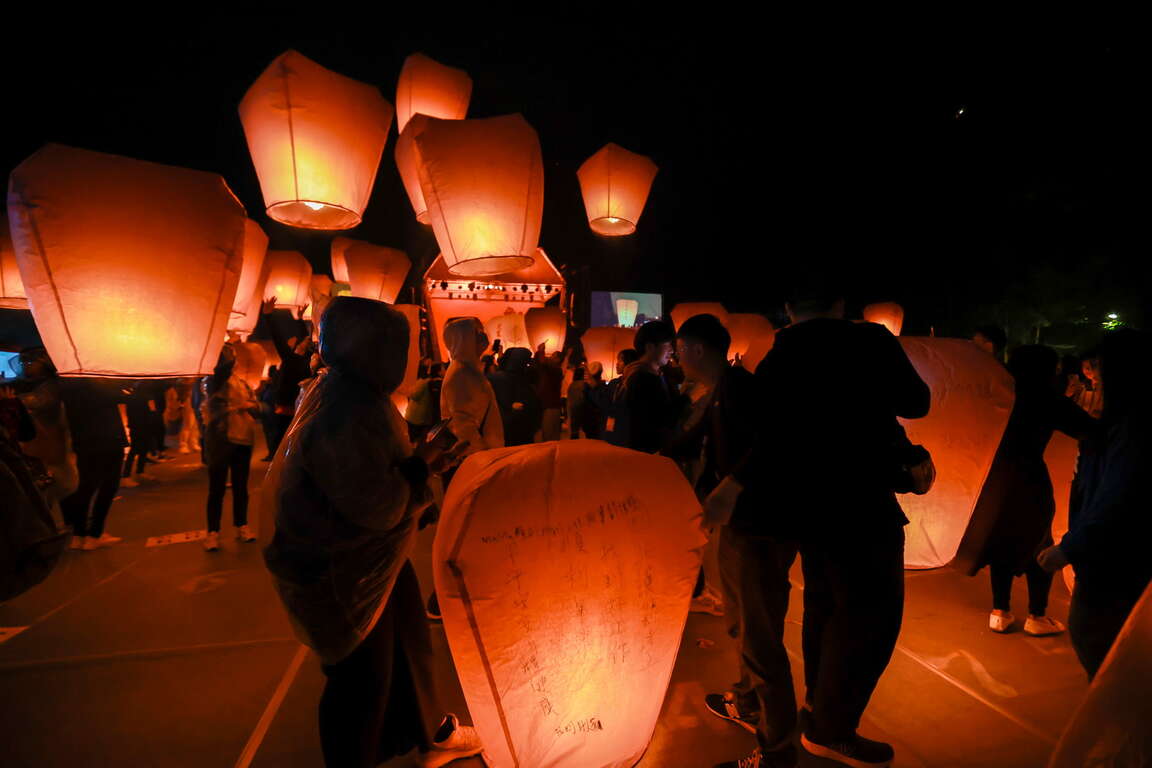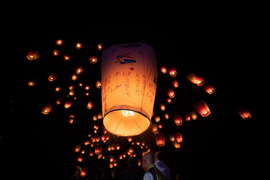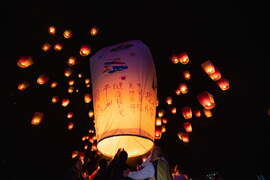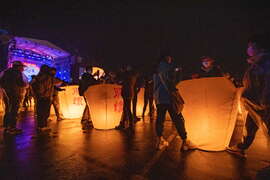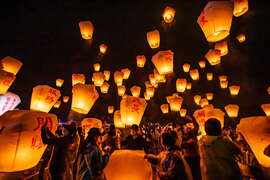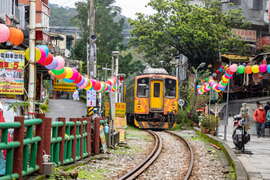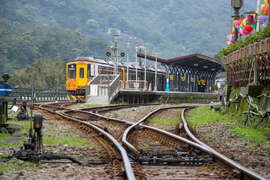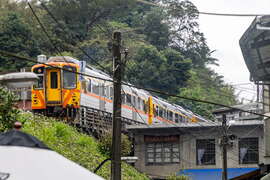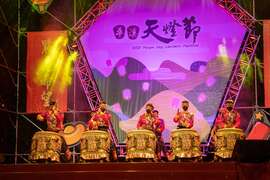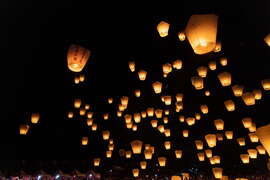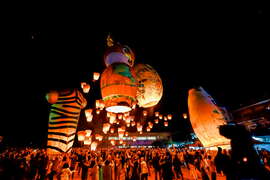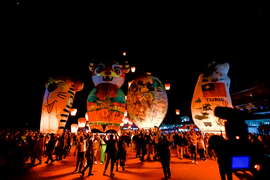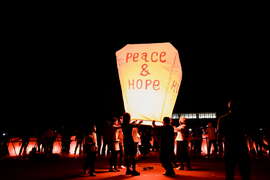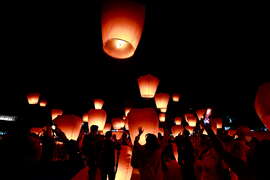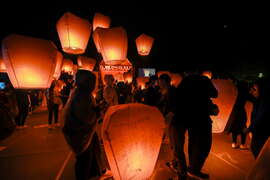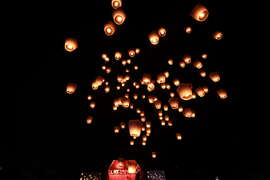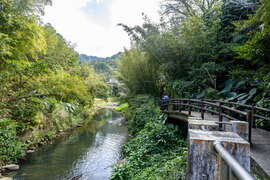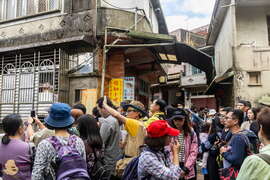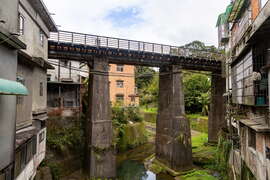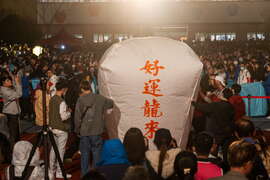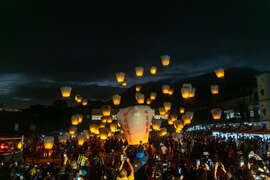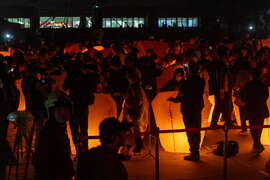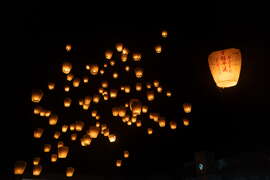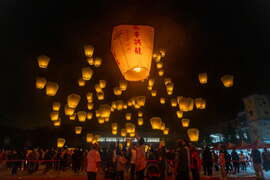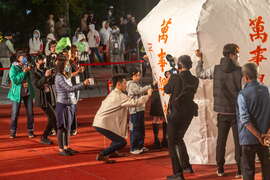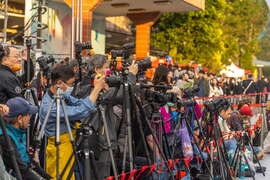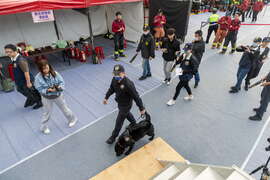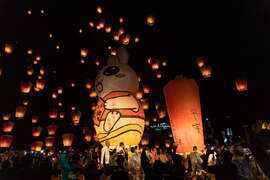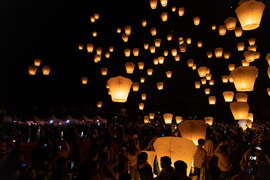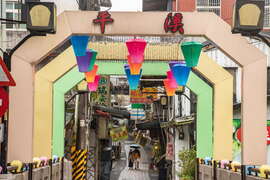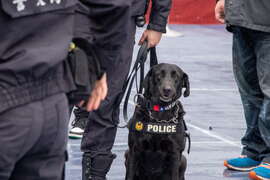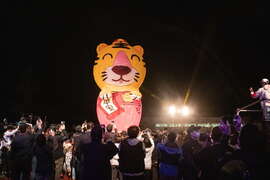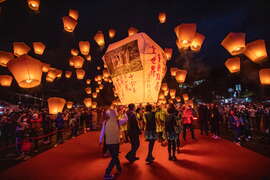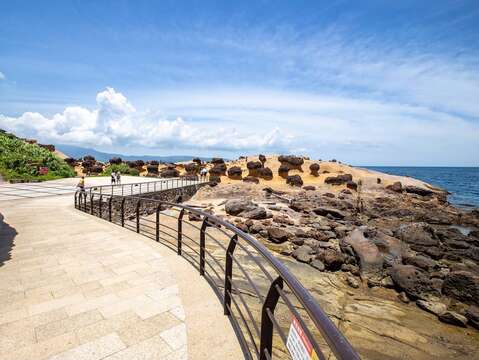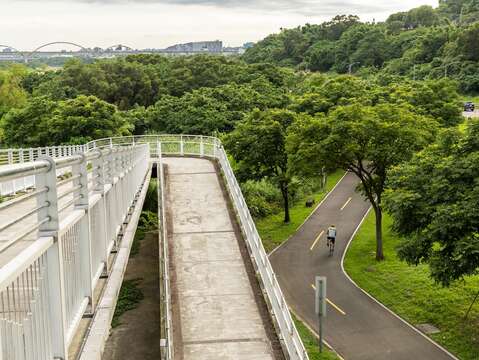Pingxi Sky Lantern Festival Brightens up Beautiful Sky in New Taipei City
Popularity 13.2k
Multiple Origins of Sky Lanterns
“Please help us!” During the Three-Kingdom Period, Zhuge Kongming (Zhuge Liang), the prime minister of Empire of Shu-Han, sent large paper lanterns up to the sky to deliver military messages by following the principle of rise of hot air when he and his soldiers were besieged by the enemy, and they eventually got out of the predicament. This the most well-known origin of the sky lantern, so it is also known as Kongming lantern. Others think the sky lantern gets the name of Kongming lantern because it shapes like the silk ribbon scarf of Kongming. Like Internet and other inventions, the sky lantern originated from military technology. The sky lantern has been considered the originator of the hot-air balloon, and the threshold of humans’ flying dream. The sky lantern first appeared in the battlefield in Europe when Mongolia went on an expedition to the west. Five hundred years later, the first hot-air balloon carrying passengers rose to the sky in Paris.
Praying for Blessings at Lantern Festival
After sky lanterns go about among people, the release of sky lanterns has become a folk activity for people to pray for blessings. Since ancient times, there has been the custom of releasing sky lanterns at Lantern Festival which is the birthday of Heavenly Lord Tian Guan, and the sky lantern is a medium for people to pray for blessings to the God. Pingxi District, New Taipei City is located at the upper reaches of Keelung River. In the beginning of the 19th century, immigrants from Fujian were harassed by bandits from time to time when they reclaimed Pingxi, and sky lanterns were used as tools to mark themselves safe. In the 1990s, Pingxi started the revival movement for sky lantern culture, attracting tourists to release sky lanterns in the mountain town. The activity has become the most famous one in Pingxi. Moreover, with the help of popular movies, Pingxi sky lanterns have become well-known around the world.
Unique Climate and Terrain of Pingxi
When it comes to sky lanterns, people think of Pingxi. However, why is Pingxi so closely related to sky lanterns? In accordance with current laws and regulations, Pingxi is the only area in Taiwan where sky lanterns can be released outside. Pingxi is one of the areas in Taiwan with the most rainy days, and it has a relative humidity of over 75% often. Damp environment prevents sky lanterns from wreaking havoc after they fall to the ground. Additionally, Pingxi is surrounded by mountains on four sides, and there is no airport nearby, which ensures that sky lanterns only fly in the mountainous area of Pingxi without disturbing flights, making Pingxi the best location to release sky lanterns.
Pingxi District is a district in New Taipei City with least population. It was the settlement of the Ketagalan tribe. In the early 19th century, the Han people reclaimed Pingxi, and it became prosperous because of coal mining in the early 20th century. However, it became quiet again after mining ceased. The Pingxi Railway which was open to traffic in 1921 was once doomed to dismantle. Thanks to the endeavors of local people, the railway has turned into a sightseeing railway. The one-hundred-year Pingxi Railway passes by charming railway towns, such as Shifen, Pingxi and Jingtong, where you can find magnificent Shifen Waterfalls, and secluded stations rarely known to anyone. Light Pingxi tours are promoted every year during Sky Lantern Festival, and local tour guides would lead tourists to explore mining culture and railways, relishing the beauty of the mountain town.
New Taipei City Pingxi Sky Lantern Festival
New Taipei City government held the first Pingxi Sky Lantern Festival in 1999, and this year marks the 26th anniversary of the event. It is the most famous ceremony for Lantern Festival in northern Taiwan. The Sky Lantern Festival enjoys the fame with the beehive fireworks in Yanshui, Tainan as we always say “sky lanterns in the north, and beehive fireworks in the south.” The two festivals have repeatedly been selected the must-see festivals by travel websites. Two sessions of releasing sky lanterns are held each year at Pingxi Sky Lantern Festival, which are on the day of Lantern Festival and one weekend before the festival. Quiet a few sky lanterns are allowed to be released each time in each section. When over one hundred sky lanterns are released at the same time, the dreamlike scene brightens up the night sky of the mountain town of Pingxi.
👉Official website of 2024 Pingxi Sky Lantern Festival
Sky Lantern Festival each year features the Chinese zodiac sign of that year. The main lantern that is up to 20 feet tall presents excellent sky lantern making craftsmanship. One can write on the sky lantern made with rice paper with a Chinese writing brush. After that, you put paper money inside the lantern as fuel to push it up to the sky.
Sky Lantern Festival is the most important event in Pingxi District. Residents, public servants, schools and stores will all devote themselves to the grand occasion by participating in performances and planning fairs. To deal with a great number of tourists, New Taipei City government deploys police and firefighters to maintain the safety of participants, enabling them to enjoy the pleasure of releasing sky lanterns.
Mountain Cleanup to Protect Environment
Sky lanterns carrying blessings and wishes will eventually fall to the ground in the distance after they disappear from sight. To maintain the environment of Pingxi, New Taipei City government holds a mountain cleanup activity and cultural tour after Sky Lantern Festival every year to enable participants to help collect sky lanterns and listen to instructors tirelessly telling stories about Pingxi at the same time.
